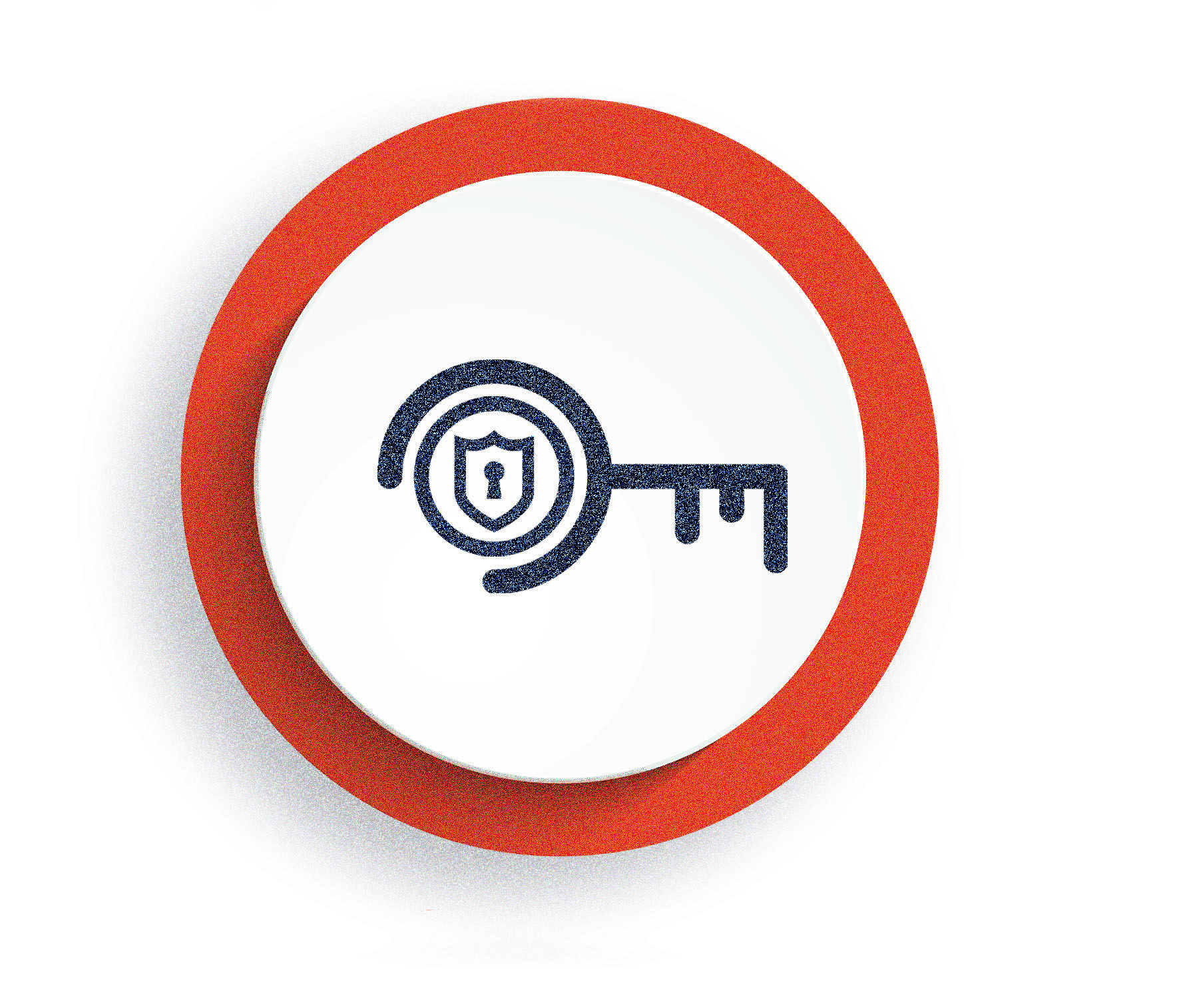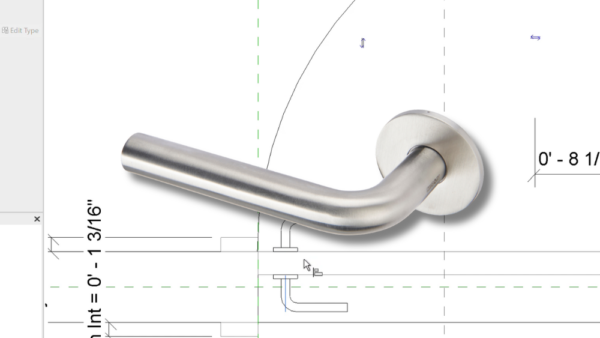Mark West, principal product assessor, Element Materials Technology explains changes to PAS 24:2022

PAS 24, the enhanced security standard for doors and windows has undergone its first rewrite since 2016, and there have been quite a few changes following feedback from
test laboratories and industry over the past six years.
Although the standard has many small changes, the overall impact and intention was to clarify and provide guidance and consistency of the testing methods and update normative references to proprietary standards. There are no new attacks introduced or attacks on targeted areas that have not been exploited by testing laboratories in previous iterations of the standard, and therefore a product that meets PAS24:2016 would be broadly expected to continue to meet PAS24:2022.
The scope of the standard remains the same, and no new products are included, although a new note in the scope clarifies that electrical components and supply are subject to attack but only as a physical component of the door.
In Clause 4.1.2 the requirements for cylinders have been updated, where previously a cylinder had to meet TS007-1 1* or 3*, the new version introduces requirements for mechatronic cylinders to meet DHF standard TS 007-2 and also introduces recognition of Sold Secure Bronze/Silver/Gold standard as an equivalent route of compliance to TS007.
In Clause 4.2 requirement for only windows containing non-key locking hardware to contain at least one pane of laminated glass to EN356 P1A is retained after some lively debate following the proposal that laminated glass should be introduced to all windows.
Clause 5 for Marking introduces the option for marking to be in the form of a digital (QR) code, but only in addition to a visible mark.
Annex A Clause A.2 test tools a general note is introduced to clarify that tools shall not be used to strike each other or connected in any way. It also clarifies that pushing or pulling the test sample with bodily force (but not striking) is allowed. This wording was agreed with the testing laboratories and represents the current test laboratories methodology and is not intended as a change to the test methods.
An interchangeable bit screwdriver (tool ref. A.2.3.7) is introduced to the toolkit with a range of Torx and hexagon heads as well as cross point, flat blade and Pozidrive. The screwdriver is only to be used to unfasten exposed fixings; this is one of the most significant changes to the standard that was not addressed previously. Laboratories were finding that more and more windows were arriving (often from the Continent) with these kinds of fixings.
The other significant change is a third attack test introduced to Annex A security hardware test. Previously there were two attacks: the first attempting to snap the cylinder using mole grips, and the second attempting to snap the cylinder using a traction screw. The third test is described as a door assembly integrity test, where the engineer will attempt to attack the lock casing by removing doorleaf material.
This new test is a reaction to where test laboratories have been able to defeat locks by removing doorleaf material and attack the lock case directly”
mark West
This new test is a reaction to recent attacks where testing laboratories have been able to defeat locks by removing doorleaf material (particularly on timber doorsets) and attack the lock case directly, resulting in a failure that was unrelated to the cylinder, handle or other security hardware. This was being carried out as part of the existing Annex A test, often meaning there was no time to explore other vulnerabilities such as the resistance of the cylinder to screw attack. By including this attack within its own separate clause this will ensure all opportunities are addressed without cumulative damage occurring, as is the current spirit of other areas of PAS24.
Various other changes were made that were mostly a clarification/redefinition of current methodology and approach applied by the test laboratories and certification bodies and are unlikely to affect test results or product performance.

Anything to declare? Douglas Masterson sheds light on BS EN 17610:2022
This is a new standard which CEN committee TC33/WG4/TG1 (of which GAI is a member) has now completed. It provides product category rules for type III (third
party verified) environmental declarations for a number of hardware products and complements the core rules for the product category of construction products as defined in the European standard EN 15804:2012+A2:2019.
Products within the scope of this standard include the following:
Building hardware products for opening and closing doors, gates, windows and shutters:
- Lever handles and knob furniture (EN 1906);
- Single-axis hinges (EN 1935);
- Hardware for windows and door height windows (EN 13126
(all parts));
- Fittings for shutters (e.g. EN 14648); Controlled door closing devices, electrically powered hold-open devices for swing doors and door coordinator devices (EN 1154, EN 1155, EN 1158);
- Hardware for sliding doors, folding doors and roll fronts (EN 1527, EN 15706);
- Glass door gear;
Building hardware products for locking and unlocking doors,
gates, windows and shutters:
- Mechanically operated locks and locking plates, multipoint locks, latches and locking plates (EN 12209, EN 156851);
- Cylinders for locks (EN 1303);
- Padlocks and padlock fittings (EN 12320);
- Mechanically operated push-button locksets (BS 8607);
- Emergency exit devices operated by a lever handle or push pad, for use on escape routes and panic exit devices operated by a horizontal bar, for use on escape routes (EN 179, EN 1125);
Electromechanical building hardware products:
- Mechatronic cylinders (EN 15684);
- Mechatronic padlocks (EN 16864);
- Mechatronic door furniture (EN 16867);
- Electromechanically operated locks and striking plates (EN 14846);
- Electrically controlled exit systems for use on escape routes (EN 13637).
The core Product Category Rules within this standard:
- define the parameters to be declared and the way in which they are collated and reported;
- describe which stages of a product’s life cycle are considered in the EPD and which processes are to be included in the life cycle stages;
- define rules for the development of scenarios;
- include the rules for calculating the Life Cycle Inventory and the Life Cycle Impact Assessment underlying the EPD, including the specification of the data quality to be applied;
- includes the rules for reporting the predetermined, environmental and health information that is not covered by Life Cycle Assessment (LCA) for the product, construction process(es) and construction service(s), as relevant;
- defines the conditions under which construction products can be compared based on the information provided by EPD.
Product Category Rules are required in order to create Environmental Product Declarations which are utilised to transparently report objective, comparable and third-party verified data about products and services’ environmental performances from a lifecycle perspective. An EPD is an environmental declaration that is also compliant with the ISO 14025 standard.
Whilst EPDs are not mandatory in UK, they are becoming more popular as an independent declaration of a product or service’s life cycle assessment. The fact that it was felt necessary to create a specific standard for product category rules for building hardware gives an indication that this is of huge importance to the ironmongery industry.

GOING DIGITAL ON FIRE SAFETY: Douglas Masterson on BS 8644-1:2022
This new British Standard has been published on how to manage fire safety information digitally across the life of a built asset. The standard has been written to work alongside the Building Safety Act 2022 which requires ‘dutyholders’ such as building owners and facility managers to implement digital systems for record keeping, information monitoring, sharing and compliance for in-scope buildings.
BS 8644-1:2022 is a code of practice, not a standard for the testing of products, therefore it exists to make recommendations and guidance on the management, presentation and exchange of fire safety information using digital information management processes. It covers the lifecycle of built environment assets, including infrastructure, from first briefing to operation and fire and rescue service intervention. It should be noted that the standard is intended to be read in conjunction with the BS EN ISO 19650 series of international standards for managing information over the whole life cycle of a built asset using building information modelling (BIM).
The standard is targeted at any individual or organisation that contributes to or influences the definition of design, construction, use, maintenance and end of life of a built asset. While it primarily applies to new built assets, its principles can be applied to existing assets. Users will typically be architects, designers, facilities managers, fire and rescue personnel, contractors, local authorities and building control bodies.
The standard’s key objectives are to:
- give recommendations for the management, presentation and exchange of fire safety information using digital information management processes
- provide a safer built environment appropriate for its intended end-users
- reduce the level of business disruption and property loss caused by fire
- enable relevant, accurate and accessible fire safety information to be available to the right people at the right time.
In application, it’s intended to enable the achievement of five clear goals. It should clearly identify fire safety hazards; persons, assets and environments at risk; and measure put in place to mitigate those risks.
It should be noted that fire safety information is inclusive of product which is part of the passive fire protection system of a building, this incorporates fire doors and their corresponding components such as ironmongery and intumescent seals. Digital transfer of this information is therefore all the more important and product data sheets (PDSs)can be an effective method of this transfer. GAI has created over 30 Product Data Templates for its members to download and use to create their own library of PDSs which are available on the the GAI website.
www.gai.org.uk/knowledge








